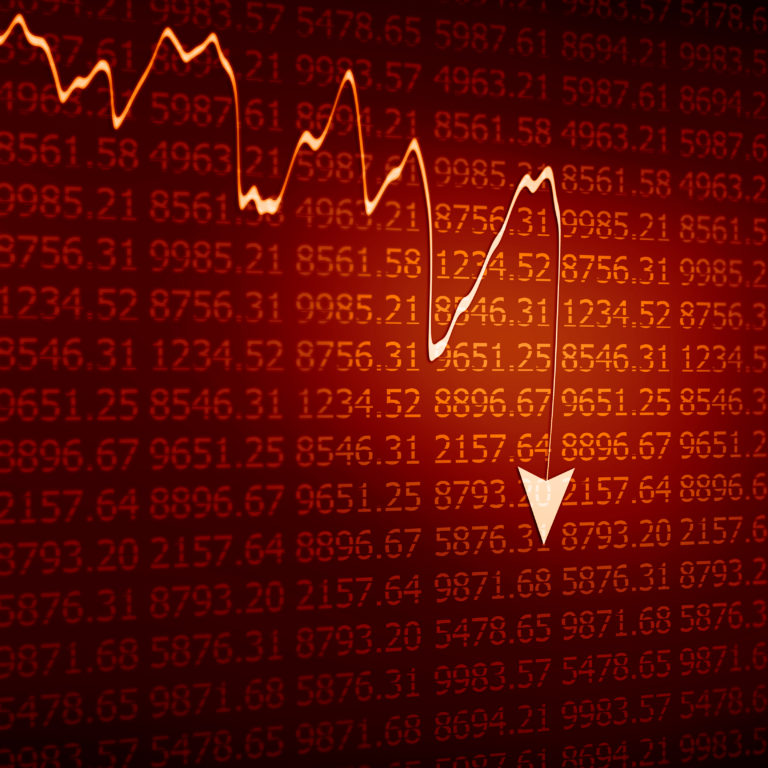With much of the northeastern United States bracing for a weekend blizzard, the stock markets managed to slow the recent “avalanche of losses” on the final trading day of the week. Stocks closed higher, posting the first positive week of the year. Adding to the market optimism was an 8% spike in oil as a cold snap boosted demand for heating oil and investors took advantage of the lowest prices since 2003. The price of a barrel of oil rose to over $32/barrel. Apple jumped more than 4.5 percent. The major U.S. averages were down about 7 percent or more for the year so far but on pace to end the week higher.
However, a question that most investors are asking their advisors is: “How much money have I lost in my portfolio over the first 3 weeks of 2016?”
“The stock market correction has been tough enough on Wall Street pros, but it’s exacted an even worse toll on retail investors. One gauge measuring the performance of retail investor portfolios shows a decline of 8.15 percent in 2016, an even bigger drop than the 6.9 percent decline the S&P 500 showed prior to the start of Friday trading.” -CNBC
Watch more below.
Here are the final numbers from Friday, 1/22/16 on Wall Street.
Dow Jones Industrial Average: 16,093.51 (+210.83/ +1.33%)
NASDAQ: 4,591.18 (+119.12/ +2.66%)
S&P 500: 1,906.90 (+37.91 / +2.03%)



















